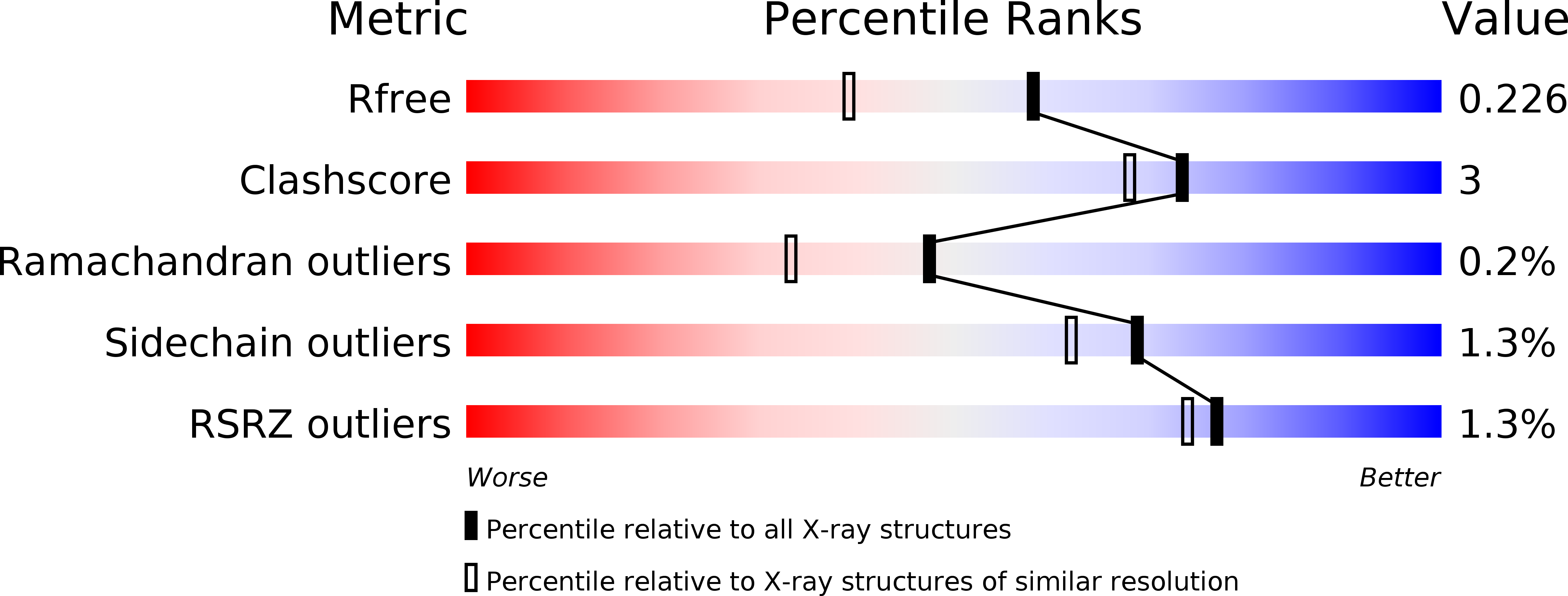
Deposition Date
2006-10-16
Release Date
2007-03-20
Last Version Date
2023-11-15
Entry Detail
PDB ID:
2J7Q
Keywords:
Title:
Crystal structure of the ubiquitin-specific protease encoded by murine cytomegalovirus tegument protein M48 in complex with a ubquitin-based suicide substrate
Biological Source:
Source Organism:
MURINE CYTOMEGALOVIRUS (Taxon ID: 10366)
HOMO SAPIENS (Taxon ID: 9606)
HOMO SAPIENS (Taxon ID: 9606)
Host Organism:
Method Details:
Experimental Method:
Resolution:
1.80 Å
R-Value Free:
0.21
R-Value Work:
0.15
R-Value Observed:
0.15
Space Group:
P 1


